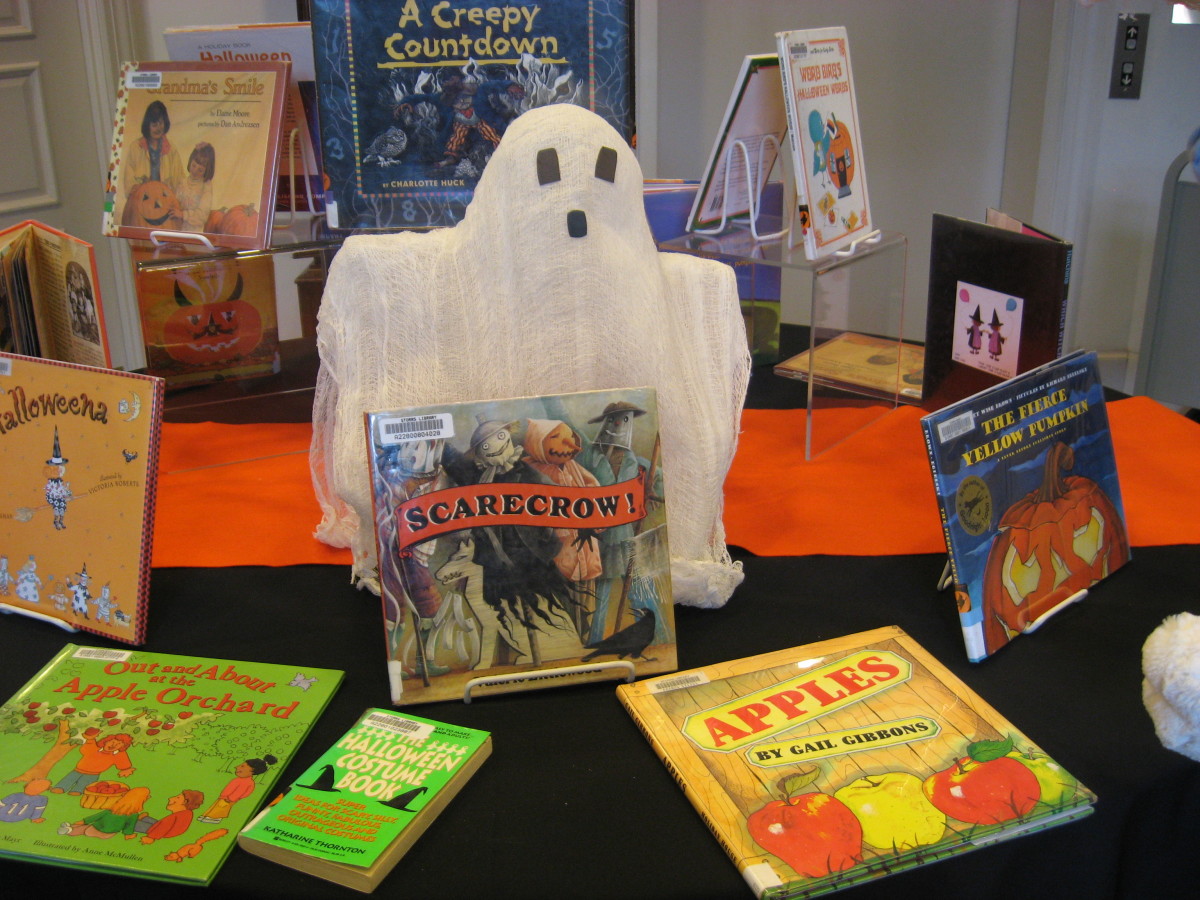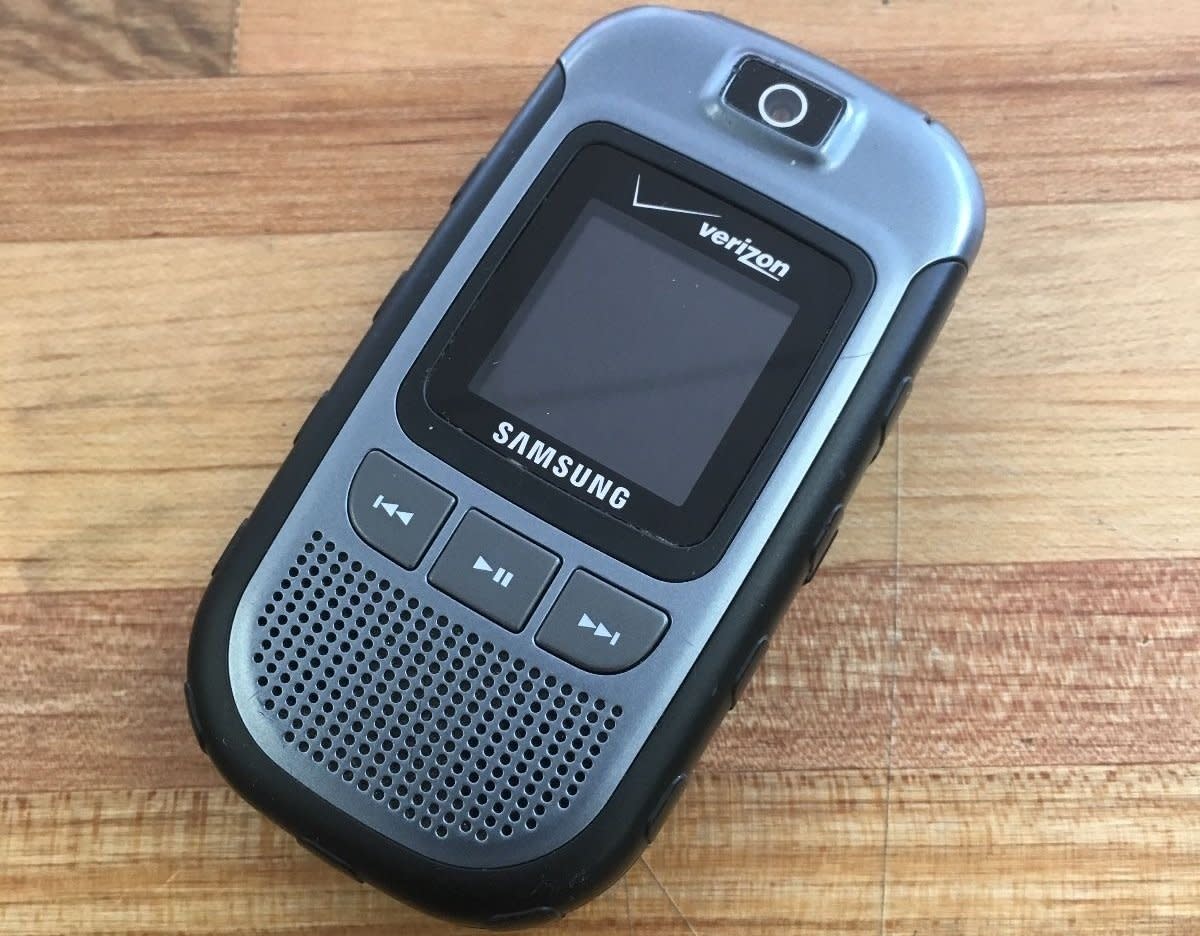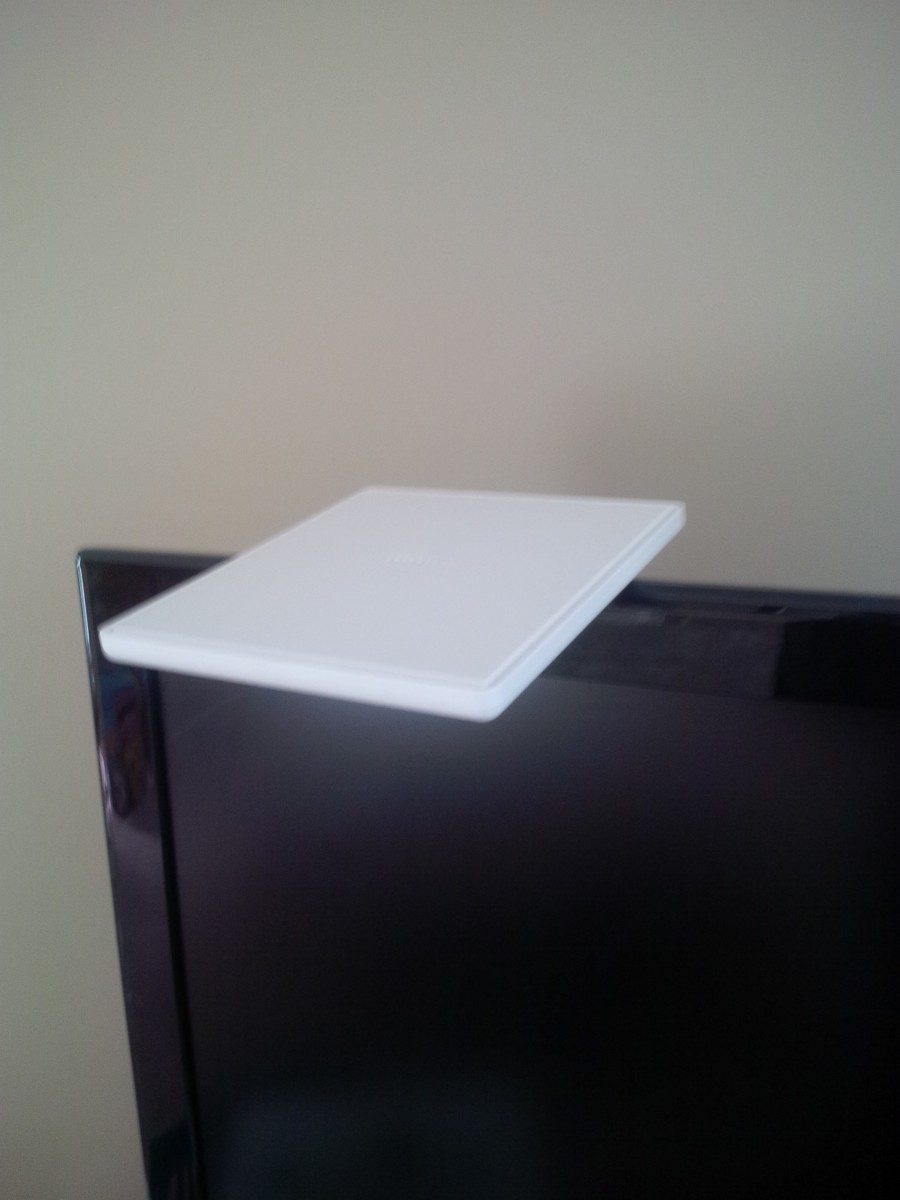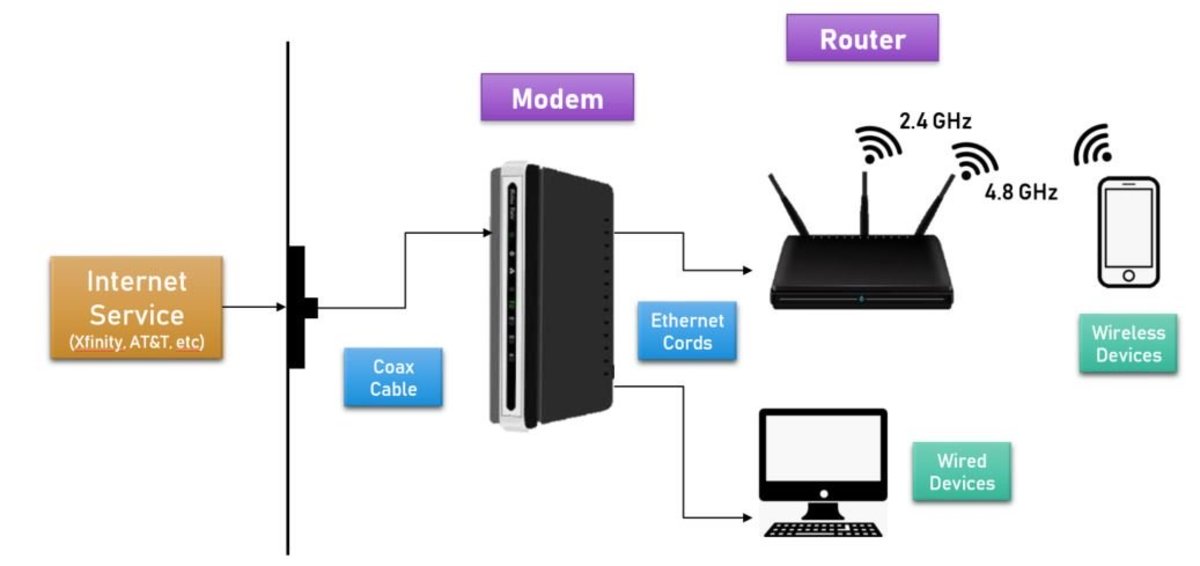Tips for Buying a new eReader; What To Keep In Mind While Shopping
You like books. Maybe you even love books. Your house or apartment is full of them; arranged neatly in bookshelves or stacked haphazardly on tables and night stands, they lend a certain dignity to the place.
But lately you’ve begun wondering about the whole digital book revolution: Is it time to consider an eBook reader? The answer just may be yes. Digital books are here to stay, and eReaders do offer certain advantages.
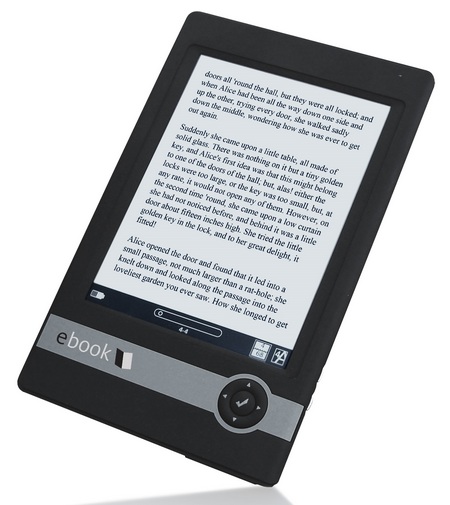
So, What’s an eReader?
An eReader is an electronic device dedicated to displaying the content of books and periodicals. Although it may have some ancillary features (a rudimentary Web browser, perhaps).
And today’s eReaders are very good at that job, displaying content in a format that’s easy on the eyes, easy on the wallet, and—because they’re small and lightweight—easy on the arms, too. (You’ll find that holding an eReader weighing less than 8 oz. is a joy when reading in bed, especially compared to hefting that giant blockbuster of a printed book you might be used to.)
Features To Look For while buying eReader
There are a number of excellent eReaders out there, and the wide array of choices may be a bit intimidating at first. But don’t panic;
Ads or not? Some companies offer discounted versions of their devices; these eReaders display ads on the device’s Home screen. (You don’t have to worry about your reading being interrupted by a distracting advertisement.) They make up that discount in ad revenues, and as long as you don’t mind the ads, everyone is happy. If you don’t care for the idea of ads on your eReader, stay away from these devices.
Memory. Generally speaking, eBooks are stored in very efficient file formats. This means that the storage space of a typical eReader (say, 1GB to 2GB) is enough to store literally thousands of books. And if you ever did run low on space, you can generally delete books from the device but leave them “archived” in your online eReader account, so that you can always re-download the “deleted” books later. (Some eReaders also offer 16GB to 32GB or more of expansion by means of a microSD slot. In such cases, your storage is essentially limitless, because you could swap cards in and out, if it became necessary.)
Which device you want An eReader Or A Tablet?
Do You Want An eReader Or A Tablet?
The line between tablet and eReader has gotten a bit fuzzy; many eReaders offer functionality that one might associate with a tablet, including email access and a Web browser, and a few even offer apps. In the end, though, an eReader is dedicated mainly to one task; it accomplishes that task brilliantly, and any additional functionality it offers tends to be rudimentary at best.
If you need a bright, sharp color screen, a large selection of games and apps, a comfortable Web- browsing and email experience, and the ability to do real work on your device, you most likely want a tablet, not an eReader. Note, though, that tablets actually do a very good job of downloading and displaying eBooks, so a tablet may offer the best of both worlds, if you just have to have it all.
E-ink display
Most dedicated eReaders use e-ink displays, a technology that’s completely different than the LCD displays you may be used to. An e-ink display lays microcapsules onscreen, arranged to form letters, numbers, and images. The only time the device uses electricity is when you “turn” the page or otherwise alter what’s being displayed.
One major advantage of this technique is that battery life in such an eReader is therefore extremely long, generally measured not in hours, but in weeks or even months.
There’s another advantage to an e-ink display: Staring at a backlit computer or tablet display is tough on the eyes. After an hour or two (or less, if your eyes were tired to begin with), you may notice your eyes giving you trouble. This does not happen on an e-ink-equipped eReader. In terms of eyestrain, using an eReader is just about the same as looking at a printed page.
And one last advantage of an eink display: No glare. As odd and as counter-intuitive as it may seem, you can read an e-ink display at high noon on a cloudless summer day out on the beach. Although bright sunlight will wash out an LCD screen, making it almost impossible to read most tablet displays in sunlight, it has little or no effect on an e-ink screen. (Also, some authorities theorize that viewing an LCD display before going to bed can disrupt your sleep pattern; e-ink screens will not do that.)
Historically, one big disadvantage of e-ink displays has been that the same technology that makes them easy to read in bright sunlight also makes them impossible to use in the dark. The solution? an add-on light or one of the newer eReaders that offer built-in lights for use when reading in the dark.
Note that currently almost all einkdisplays are grayscale, although color displays are slowly gaining a foothold, as the display technology improves and as prices come down.
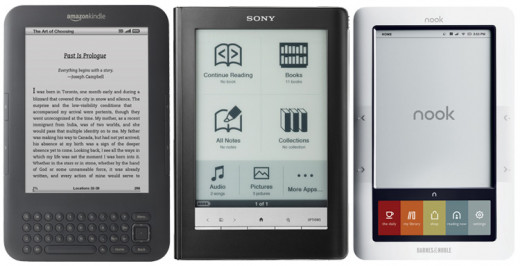
- Many local public libraries allow patrons to download digital books in various formats. Contact your library to see if it offers this service.
- The NOOK eReader offers a feature called NOOK Friends: If you like, you and your friends can share comments about what you’re reading.
Wi-Fi vs. cellular: With an eReader, you’ll need a way to shop for and download eBooks, magazines, and newspapers. Almost all eReaders include Wi-Fi capabilities, allowing you to link up to any wireless network to which you have access, and to then use that network to shop for and download material. (If you don’t have Wi-Fi at your home, you can either use any other Wi-Fi connection— say, at your local bookstore or coffee shop—or you can download books to your computer and then move them over to your eReader by using a USB or other cable.)
A few eReaders offer 3G cellular coverage. The reader costs a bit more to begin with, but you pay nothing for the cellular data access.
In either case, you can download that latest blockbuster in less than a minute, whether via Wi-Fi or 3G cellular.
Access to content: Not all content “ecosystems” (to use the term currently in favor with the techies) are created equal, but these days all of the major players offer plenty of books, magazines, and newspapers, including an extensive backlist and all of the latest releases.
Still, it pays to take note of which content suppliers provide more extensiveor more up-to-date offerings, and also to take note of the prices charged for the various eBooks. (In general, eBooks are less expensive than their paper-and-ink counterparts, but prices can still vary a bit amongst the various eBook vendors.)
Keep in mind that, regardless of which eReader you choose, you’ll have access to thousands of free eBooks. Generally, these are classics that have become part of the public domain, including such titles as War and Peace and Moby Dick and writings from everyone from Seneca to Benjamin Franklin.
In addition, you’ll find many titles reduced to mere fractions of their original prices. These are basically offered by the provider as daily, weekly, or monthly specials, or by the publisher as a sort of loss-leader meant to introduce you to its lineup of books.
Either way, free or discounted, you can find great values and good reading while spending little or nothing.
Additional Functionality which you can prefer in eReader
An eReader is essentially a specialized computer, and we all know what happens with computers: They get upgraded and improved, and the software behind them continues to evolve. As part of that evolution, many additional features have made their way into various eReaders, and some may be important to you.
Touchscreens. The first eReaders were joystick-or keyboard-driven; users navigated text and lists of options by moving a cursor. Most of those have given way to touchscreen devices in which one simply touches the screen to make a selection. In fact, touchscreen has become so popular and so universally used that many newer eReaders have very few actual hardware buttons.
Font and brightness controls. One of the best things about an eReader is that you’re not stuck with the size and type of font that the publisher opted to use. If the letters are too small to read comfortably, simply click an option to make them larger. If the contrast isn’t quite right for the room in which you’re reading, you can change that, too.
Dictionaries: Most new readers include easy-to-use dictionaries. Stymied by a word? Just double-click or click-and-hold, depending on your device. A definition will appear, often accompanied by links to websites and thesauri if you need more information.

Your eReader Checklist
Shopping for an eReader? Here’s a handy checklist that you can use to remind yourself of the features you absolutely must have—and also those that would be nice, but that wouldn’t be deal-breakers.
❏ Ads—yes or no?
❏ Wi-Fi, 3G cellular, or both?
❏ Touchscreen vs. keyboard or joystick
❏ Memory/storage: Built-in vs. add-on
❏ Note-taking and highlighting
❏ Dictionaries and translators
❏ Battery life—should go weeks between charges
❏ Lending—terms of lending agreement?
Highlights and notes. As eReaders gain adherents, fewer and fewer of us will be using paper sticky notes. Instead, those of us with eReaders simply tap on a word to highlight the word (or phrase or entire paragraph). If you’d like to associate a note or comment with the highlight (or with the current position of the screen pointer), there’s an option for that, too. It takes some getting used to, especially for those of us who have spent years highlighting printed texts and scribbling notes in the margins or on stickiest. But think about it: With an eReader, you can not only highlight and make notes; you can then search for specific highlights or notes. Many eReaders allow you to list all of your highlights and notes in one place, so you can look through them. That turns out to be awfully handy.
Search. Your eReader is a computer, after all. It’s no surprise that in addition to searching your notes, you can also search the book itself. If you’re trying to remember where Hamlet speaks to poor Yorick’s skull (Act 5, Scene 1, just in case you’re wondering), just click Search and enter Yorick’s name and any other pertinent details. (Some eReaders even include access to translators.)
As with the previously-noted dictionary definitions, many eReaders will let you extend your word search to the Web for even more info.
Share. The digital world is a social one. Everyone uses Facebook, Twitter, Pinterest, Instagram, or some other tool to keep in touch and share info. Many eReaders also have a social dimension: They let you share what you’re reading with friends (or with the world, if you like), and you and your friends can comment on each other’s books. (And then you can comment on the comments, and on those comments, and so on, but really—shouldn’t you spend some time actually reading?)
Book lending: Finally, an interesting twist. Most content providers let you “lend” a book to a friend—as long as the publisher allows it. Generally, the book (or a link to it) is emailed to the friend for a period of time (two to three weeks is typical), during which time you yourself cannot access the book.






